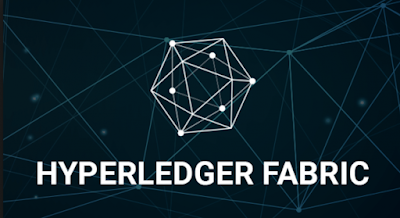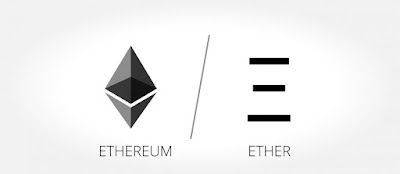HyperLeder
is a project that is initiated by The Linux Foundation in collaboration with
IBM. The aim of the project is to develop an open source platform for
Blockchain development. HyperLegder Fabric is the codebase that combines the
blockchain technology with the execution of smart contracts. The distributed
ledger technology of blockchain along with transparency and immutability is
ideal to increase the efficiency and security of various industries like supply
chain, logistics, financial payments, safe recordkeeping and so on.
Tuesday, March 26, 2019
Basic Ethereum Smart Contract
Ethereum
smart contract is a program that is validated and executed on the blockchain.
The output of running the program usually involves a transfer of value in Ether
(ETH) or the respective token. Ethereum smart contracts are validated by the
miners, who earn a reward for the same. When the Ethereum smart contracts are
implemented on an interactive tool to develop applications, it called
Decentralized Application. The applications are decentralized because their
execution and validation involve a democratic consensus mechanism.
Labels:
ethereum smart contract,
smart contract
Location:
United States
What is Ethereum Mining?
Ethereum
mining is a process by which transactions on the Ethereum Network is verified
in exchange for Ether (ETH) rewards. The Ethereum mining process is ASIC
resistant, hence, only a series of GPUs can be used to combine the hardware for
mining. Moreover, mining is a capital intensive business with a fixed variable
cost of electricity. Furthermore, Ethereum will soon shift to PoS (Proof of
Stake) technique where the instead of mining, forging will take place on the
network. Find more on this topic visit: https://tinyurl.com/y3nwaof6
Labels:
ethereum mining,
what is ethereum mining
Location:
India
Difference between Blockchain and Distributed Ledger Technology
DistributedLedger Technology (DLT) is a cryptographic technique to reach
consensus between different nodes or servers. A single identical ledger or
information is shared across all nodes of the network. Each node verifies the
information or ledger independently. Therefore, a consensus is reached only
when the information verified by the nodes give the same output in the
majority. The nodes attempting to change the facts of the smart contracts or
transactions are boycotted eventually. Distributed Consensus is the first step
towards a decentralized democratic financial governance system.
Labels:
distributed ledger technology,
DTL
Location:
India
Subscribe to:
Comments (Atom)



